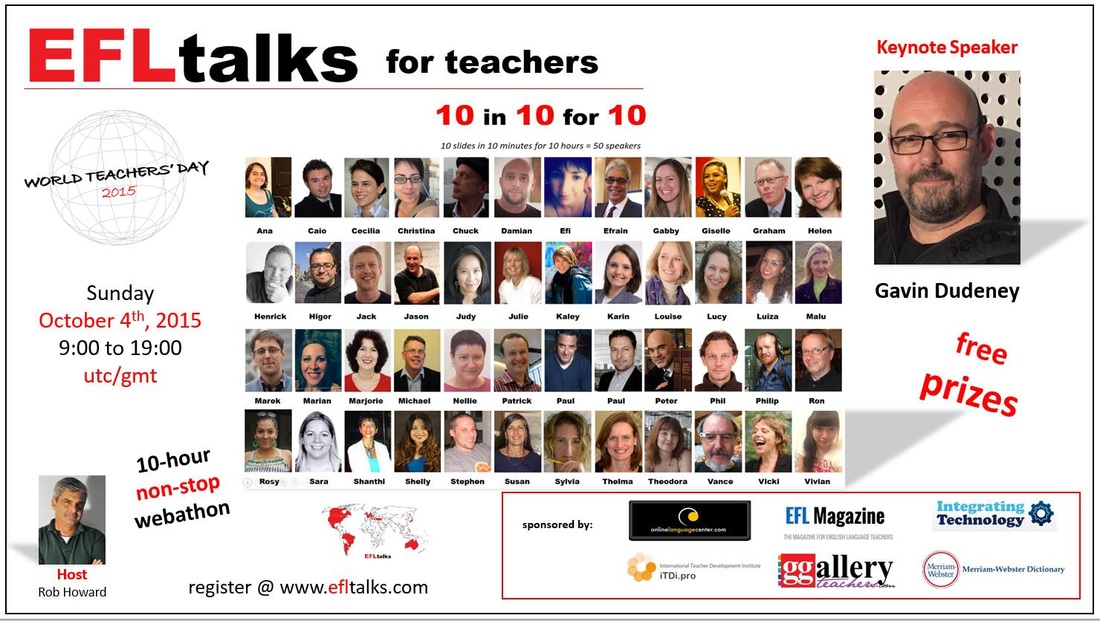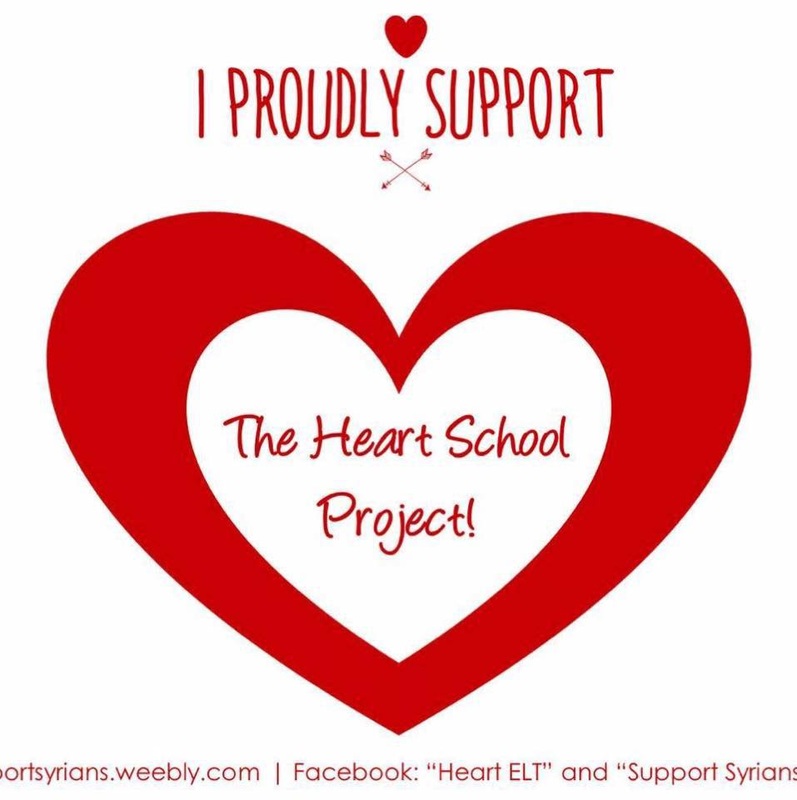|
Chants are a very repetitive way of embedding expressions in the brain so that they become second-nature and just 'sound right' without having to resort to learning grammar rules and translating from one's own language with the inevitable often horrific results. I have been setting expressions to music and rhythmic chants for decades with excellent results. What did you do today? is an action song for kids, which, through repetition, teaches the question form in the past simple tense, the answer with relative prepositions, shop vocabulary, infinitive of purpose and prepositions with transport. The idea is that you fix these expressions through repetitive chants so that they flow from your mouth spontaneously when you are speaking, without having to think. After having written and recorded a video of the song I realised it contradicts my lessons on the Present Perfect Tense always being used with 'today', 'this week' etc. and according to the grammar books you shouldn't use 'today' with the Simple Past Tense. This proves that a language is alive and more flexible than the rigid rules of a grammar book because the sentence is completely natural and widely used. The explanation lies in the fact that this question is asked at the end of the day when the events have already taken place and therefore are considered to be in a period which is completely finished, therefore using the Simple Past Tense despite the word 'today'. I hope you have fun with this repetitive chant. You can download the worksheet to the song below. Hope it's useful! Susan
20 Comments
Songs always bring a breath of fresh air into the SONGS in the classroom: GRAMMAR GALORE – intermediate / advanced / teens / adults lassroom and are greeted with joy. I usually try to choose songs, which are not only clear and fairly easy to understand but have meaningful content for language learners such as grammar, phrasal verbs or vocabulary pertinent to what we are studying. A wonderful song full of all kinds of grammar and expressions that is for intermediate / advanced students is HOLLYWOOD – Michael Buble. The catchy tune is fun to listen and sing along to whilst the rich assortment of language leads to all kinds of possible adaptations for practice – some of which I have suggested at the end of the document to download. You can download the worksheets to the song below. Feel free to delete or translate the Italian into another language. Can anyone suggest any other songs for practising grammar revision? Hope you have fun with it! Susan
If you liked this song, check out my playlist for other chants and songs:
YOU TUBE PLAYLIST: Susan's ESL Learning Videos (Chants & Songs) Chants are a very repetitive way of embedding expressions in the brain so that they become second-nature and just 'sound right' without having to resort to learning grammar rules and translating from one's own language with the inevitable often horrific results. I have been setting expressions to music and rhythmic chants for decades with excellent results. GOOD AT is an expression which many of my students just cannot remember and I would like them to be able to use collocations spontaneously - so I have invented this chant in the hope of fixing this expression forever!! You can download the worksheet to the song below. Hope it's useful! Susan
Adults and children alike tend to sing songs often without thinking of their meaning. Christmas is a time for singing and I have broken down a Christmas song for teens and adults, Happy Christmas, as well as one for children, Rudolph, to practise adjectives and expressions. I start by singing the song, we then personalize the main sentences (see my sheets) to make them more meaningful for the students who will hopefully not only remember the new words and expressions repeating them in song but will also have fun doing so. You can download my sheets below. Feel free to delete or translate the Italian into another language. I hope you find the activity useful and enjoyable. Susan
Preschoolers (and younger Primary School children) love singing to movements. I invented this Preschool Nativity Play Song to act out the Nativity so as to learn not only the story but also a lot of vocabulary as well. We usually do it altogether, assigning just the main roles to a few but everyone else joining in at the same time. The more dramatic the movements, the more meaningful and fun: father’s long long beard reaches the ground (pulling it from our chins), we put our hands up on our heads to imitate the donkey’s long long ears, and so on … Depending on the size of the group we sometimes improvise costumes as well, or one of the bigger children as a donkey – we often make crowns for the Wise Men and a few ‘presents’ before starting the song. Anything to make it fun and memorable. I am posting it well ahead of time because some teachers like to do it as a one-off activity whilst others like to practise it for an upcoming Christmas show. Either way, you can download the NATIVITY SONG and suggested tune in the audio below. Hope the children enjoy it! Susan
Many certifications, beginning with the Cambridge English: Young Learners STARTERS /MOVERS / FLYERS exams for primary school children, require students to describe pictures in varying detail depending on their level and to understand listening pieces in order to carry out tasks demonstrating their comprehension. Therefore practising these skills intensely together will give the students the confidence to face these exams from a very young age.
I have tried describing these pictures with chants where I sing a piece and they repeat it like an echo. To make it more fun I have them search for what we are singing and see if they can find it before their friends. This makes them not only practise fluency but also verify their comprehension.
Subsequently – when the chant has been repeated numerous times over a period of time (a few days) – students can be asked to describe the picture with their own words. Inevitably they will use the right collocations and vocabulary. For older students one might try making a gap-fill with the text to see if they remember the right prepositions or collocations. For this purpose I am also adding the Word document to modify as you feel necessary. Children could, in groups, describe one aspect of another picture and then all the class puts the various sentences together into a chant to sing together. All the materials and audio are provided below for you to download. If you have any other ideas of how one could exploit the materials please comment below. Hope you have fun using them! Susan
Children and youngsters thrive when there is structure in their life: so starting and ending lessons in a familiar way rounds them off. Particularly at the beginning of the school year and for various months following I like to start off lessons with songs and chants which introduce and revise the date, weather, time and seasons. These introductory chants are not only meant to be sung repetitively but are meant to introduce the various topics: when we speak of the date we possibly look for and stick up the corresponding day, date and month on the board. (I have laminated sticky-backed ‘signs’ to substitute day by day – see picture). As for the weather, once we have imitated the various kinds of weather with gestures during the chant, I have various cards which they can in turn hold up asking their friends, “Is it sunny?”, “No, it’s not / Yes, it is,” until they can also stick the appropriate weather card on the board. We practise saying different times and seasons according to whim and so all these activities consolidate their knowledge of dates, cardinal and ordinal numbers, years and times – numbers in a foreign language being a notable hurdle even for adults. The end of the lesson is usually rounded off singing a few expressions to tidy up and wish a nice time until our next appointment. These are useful expressions which can also be used in everyday life. So below you have the scripts and audios to all these chants to download. Hope you have fun using them! Susan
ACTIONS SPEAK LOUDER THAN WORDS: Try teaching and LEARNING GRAMMAR with fun repetitive songs - my experience is that even beginners can learn more complicated grammatical structures when they are used repetitively in a song. I added some prepositions and collocations to my originally simpler song. Try it out for yourselves - you'll be surprised!! You can download the song below: Have fun with it and learn! Susan
Many language students tend to dedicate a long time studying rules and doing written exercises yet not many manage to apply them in spontaneous conversation. Despite exposure to texts and listening activities, unless they practise speaking intensively few are talented enough to be able to express themselves orally without sounding unnatural. For this reason I am trying to create useful songs and chants which incorporate repeating collocations, prepositions, phrasal verbs combined with movements to allow students to embed and practise their oral expression in a fun way and lasting manner without feeling bored or embarassed. I believe in 'learning by doing' and practising speaking can never be enough! The following song is about a pupil's DAILY ROUTINE: Download the VIDEO below to see the movements connected to the EXPRESSIONS in the simple song! (Unfortunately I could not upload the Video with subtitles due to 34MB size - I will gladly email it to you on request.) Try it out and have fun! Susan
I have been setting expressions to music and rhythmic chants for decades with excellent results. Distinguishing when to use the different sets of PRONOUNS and POSSESSIVE ADJECTIVES are always a problem in my classes - students just don’t seem able to distinguish them - so I have invented this chant in the hope of fixing these expressions forever!! Chants are a very repetitive way of embedding expressions in the brain so that they become second-nature and just 'sound right' without having to resort to learning grammar rules and translating from one's own language with the inevitable often horrific results. Taking turns when playing games – many students don’t know when it’s their turn and the others like to ‘wake them up’ but telling them so: I insist they use English, thereby practicing their pronouns at the same time! Here is another chant for them to remember the expression. You can download the worksheets to the chants below. Hope it's useful! Susan
Chants are a very repetitive way of embedding expressions in the brain so that they become second-nature and just 'sound right' without having to resort to learning grammar rules and translating from one's own language with the inevitable often horrific results. I have been setting expressions to music and rhythmic chants for decades with excellent results. LISTEN TO ME. and GO TO are two expressions which are constantly wrong in my classes - students just cannot remember to use the preposition with these verbs - so I have invented this chant in the hope of fixing these expressions forever!! You can download the worksheets to the song below. Hope it's useful! Susan
My daughter Laura, sixteen years old, has proven the STRENGTH OF MOTIVATION to me: dire hard work and WILLPOWER almost beyond her limits has brought her to the EUROPEAN SPEEDSKATING CHAMPIONSHIPS as well as passing her very demanding school year with flying colours. Here I sit in my camper in Austria at the start of the venue, not worried about what the outcome will be, but reflecting on the arduous road that led us here - sheer motivation and willpower. She is not one of those talents to whom everything falls easy, she has worked hard against all odds to reach her two goals in sports and education.
This has given me a new insight to learning as I tend to believe that curiosity and enjoyment are the best stimuli for learning and retaining what one learns. Motivation is certainly another fundamental ingredient but I feel that for most people it is difficult to find the willpower to do something they don't at least partially enjoy, despite the hard work it may comprise. So I utterly admire those who find the willpower to carry on doing something that may not give them the desired results - or at least not immediately. Motivating students is therefore one of my top priorities: arousing their curiosity and making it as enjoyable as possible so that they want to carry on learning outside the classroom, using various methods, media, adjustments to their social networks and corresponding with foreigners as well as travelling whenever possible. That is where technology inside and outside the classroom as well as games make learning much more effective and exciting than it used to be. My holiday homework always comprises at least DAILY: WATCHING VIDEOS: - VOSCREEN - 5 seconds listening (as many times as you like) to bits of films, cartoons, ads... before pressing the button which reveals the subtitle in English - to see if you're right!! = 5 minutes a day http://www.voscreen.com/game/682/ehjcj5hfhb9bdvr/it/ - ORORO.TV – TV series & films with subtitles = 5 - 45 minutes a day (depending on your level) - http://ororo.tv/en/ - LyricsTraining - SONGS (LISTENING & COMPLETING): http://lyricstraining.com LyricsTraining is an easy and fun way to learn and improve your foreign languages skills, through the music videos and the lyrics of your favourite songs. LyricsTraining also has a special Karaoke mode that lets you sing and enjoy the full lyrics = as often as is fun GAMES to practise your English: - ESL Fun Games Online http://www.eslgamesworld.com/members/games/index.html - ESL Revision Fun Games Online - http://www.eslgamesworld.com/Revision/Revision_Games.html READING: http://news.bbc.co.uk/cbbcnews/ - ONLINE ENGLISH NEWSPAPER for English kids aged 8 -14 so simplified information LEARNING: MINDMAPLE - super-easy mind mapping tool for writing up phrases, collocations and vocabulary in context. plus: - putting Mobile phone settings in English - putting Facebook (& other social network) settings in English - putting computer settings in English - and generally SURROUNDING YOURSELF WITH ENGLISH so your brain switches into English mode. Update on the venue of the EUROPEAN SPEEDSKATING CHAMPIONSHIPS: Day 1: my daughter Laura helps her teammate make it to the gold medal; Day 2: she gets pulled down by another competitor onto the asphalt at 40 km/hr, jumps up to continue the race with her teammate (also involved in the multiple fall) when blood streams copiously into her eye: 3 stitches, a black eye, bruised shoulder and various scrapes; luckily her seriously bruised teammate still makes the gold medal! Day 5: still not allowed to race (doctor's orders); Day 6: despite a huge plaster covering half her eye she races her 10,000 metre points race to win a GOLD MEDAL and become EUROPEAN CHAMPION of her category in that particular race. Driven by sheer MOTIVATION and DETERMINATION - "Where there's a will there's a way!" - something to instil in our students!! Poems I find are difficult to present in an appealing way, more so if they are for students of English. Many years ago I attempted a project fueled by my enthusiasm for the MUSICAL CATS in which I presented one T.S. Eliot’s CATS poem a week with comprehension questions of various nature. In those days we listened to the song on cassette but I would recommend showing a You Tube Video to them on the IWB to make it more exciting. For intermediate/advanced students I find that SKIMBLESHANKS the Railway Cat – Musical: CATS is rather fast as it mimics the speed of the train but the poem/song also gives us the opportunity to discuss TRAVELLING BY TRAIN in the past and today on normal trains and luxury trains like the ORIENT EXPRESS. It can also arouse curiosity to watch the entire musical and can lead to interesting discussions. I plan on occasionally posting poems from my CATS Project in the hope they may be of interest to students and teachers and would welcome any feedback. You can download the worksheets to the song below. Feel free to delete or translate the Italian into another language. Hope its another interesting way of learning English! Susan
Also check out MY PLAYLIST
for Susan's ESL Learning Videos (Chants & Songs) https://www.youtube.com/playlist?list=PLrvV_PywFOlxgfR5RpMw7rLsI6ai3yHai Songs always bring a breath of fresh air into the classroom and are greeted with joy. I usually try to choose songs, which are not only clear and fairly easy to understand but have meaningful content for language learners such as grammar, phrasal verbs or vocabulary pertinent to what we are studying. For intermediate/advanced students I find that IF I WERE A RICH MAN – Musical: Fiddler on the Roof is not only repetitive easily teaching the SUBJUNCTIVE with practically no effort but the song also gives us the opportunity to discuss the historical and religious context the musical is set in: a small Jewish community in a Russian village with all its traditions and its relationship with the Christian community in and outside the village. All in all a catchy tune which can also arouse curiosity to watch the entire musical and can lead to interesting discussions. You can download the worksheet to the song below. Feel free to delete or translate the Italian into another language. Hope you have fun with it! Susan
SONGS in the classroom: GOTTA/GONNA/WANNA/AIN’T – intermediate / advanced / teens / adults25/6/2015 Songs always bring a breath of fresh air into the classroom and are greeted with joy. I usually try to choose songs, which are not only clear and fairly easy to understand but have meaningful content for language learners such as grammar, phrasal verbs or vocabulary pertinent to what we are studying. For intermediate/advanced students I find that WHERE IS THE LOVE? – Black Eyed Peas is rather fast and has difficult vocabulary but repetitively stresses various language structures including phrasal verbs and slang abbreviations like gotta/gonna/wanna/ain’t. The song is an opportunity to discuss many controversial subjects and expressions which I have noted at the end of the song. All in all a catchy tune with profound ideas which can lead to interesting conversations. You can download the worksheets to the song below. Feel free to delete or translate the Italian into another language. Hope you have fun with it! Susan If you liked this song, check out my playlist for other chants and songs: YOU TUBE PLAYLIST: Susan's ESL Learning Videos http://www.youtube.com/playlist?list=PLrvV_PywFOlxgfR5RpMw7rLsI6ai3yHai
Songs always bring a breath of fresh air into the classroom and are greeted with joy. I usually try to choose songs, which are not only clear and fairly easy to understand but have meaningful content for language learners such as grammar, phrasal verbs or vocabulary pertinent to what we are studying.
For beginners/elementary students studying the Present Simple Tense I find that THE BOY DOES NOTHING – Alesha Dixon is rather fast and has difficult vocabulary but repetitively stresses the third person singular with a very catchy tune so that the very few gaps they have to fill in with easy words while listening can be easily managed. When checking their comprehension with the words they filled in, I ask them to spell the words so they can practise that too before I write the words on the board. All in all a fun consolidation activity. You can download the worksheets to the song below. Feel free to delete or translate the Italian into another language. Can anyone suggest any other songs for practising the Present Simple Tense? Hope you have fun with it! Susan
If you have problems downloading these files (they work for me but apparently not for everyone) please contact me at [email protected] - thank you!
|
Categories
All
Would you like regular English learning & teaching ideas? Subscribe to my blog so you don't miss a post!
AuthorMy name is Susan Brodar, born in London into a multilingual family and brought up bilingual English / Italian. Archives
December 2018
|
|||||||||||||||||||||||||||||||||||||||||||||||||||||||||||||||||||||||||||||||||||||||||||||||||||||||||||||||||||||||||||||||||||||||||||||||||||||||||||||||||||||||||||||||||||||||||||||||||||||||||||||||||||||||||||||||||||||||||||||||||||||||||||||||||||||||||||||||||||||||||||||||||||||||||||||||||||||||||||||||||||||||||||||||







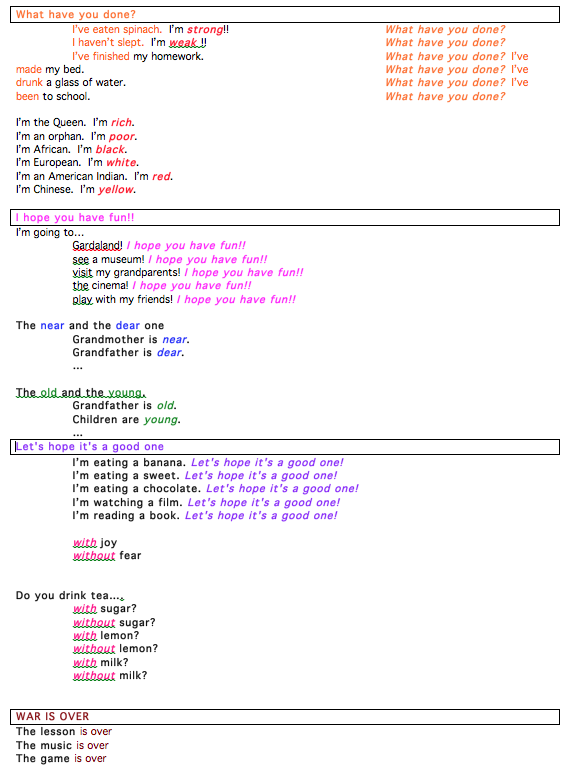
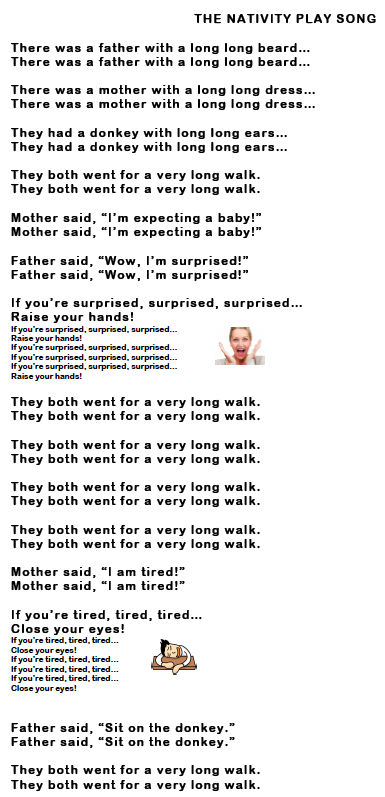
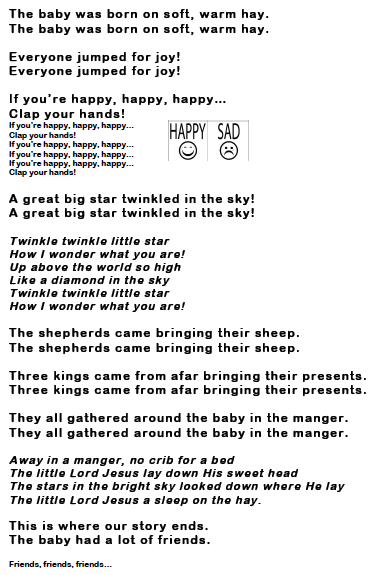
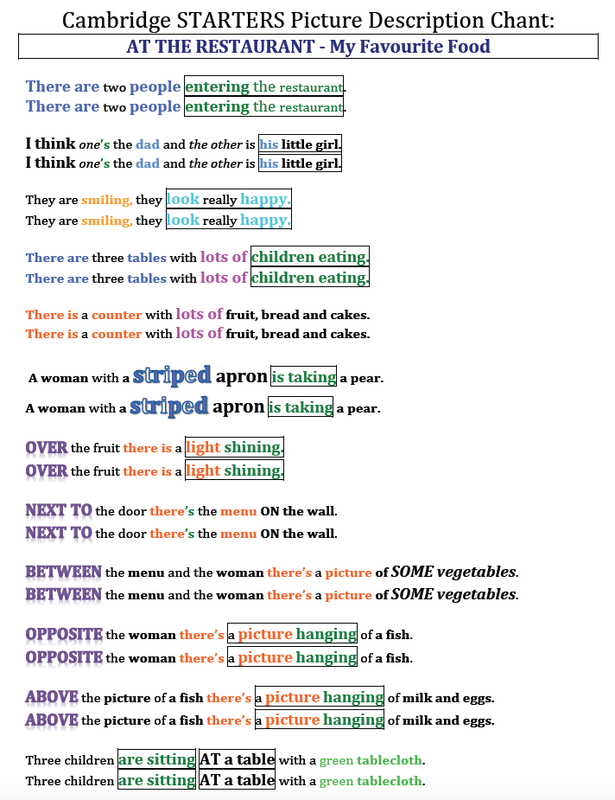




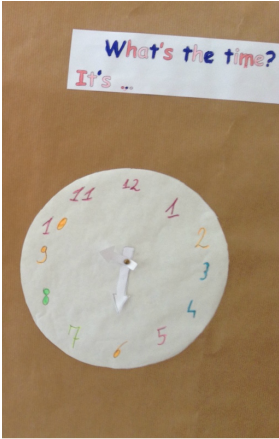

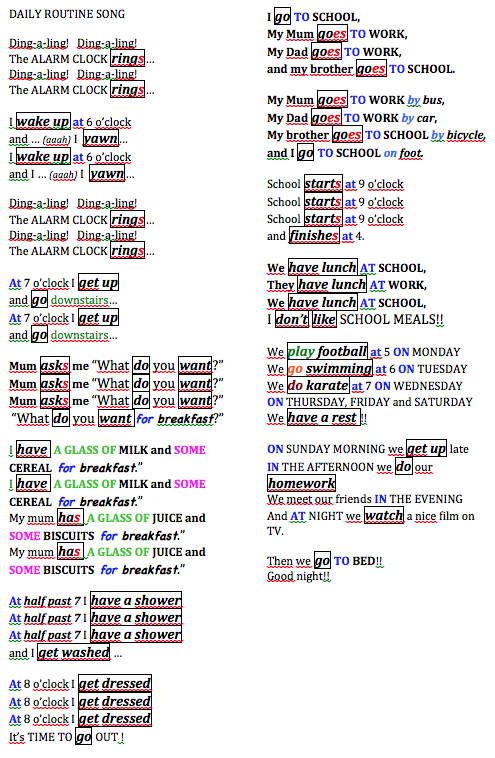
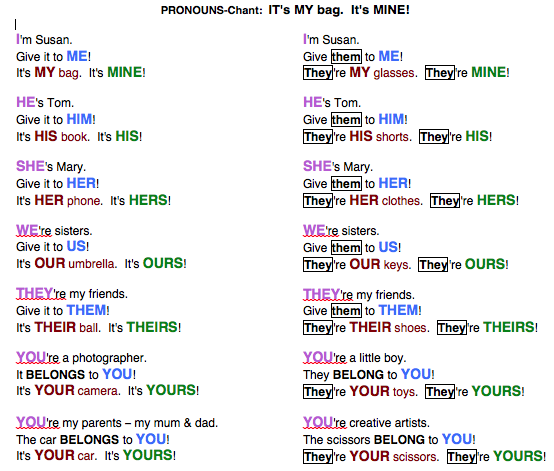
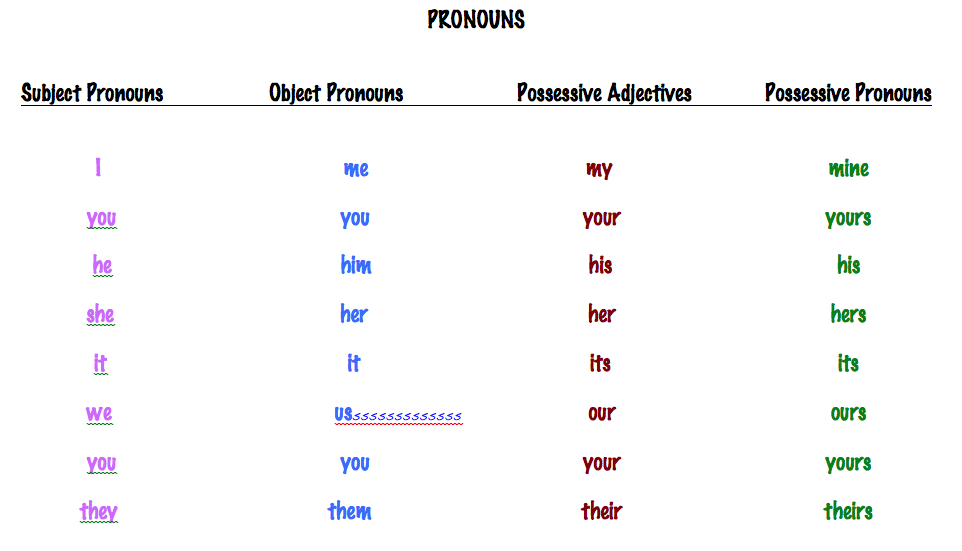


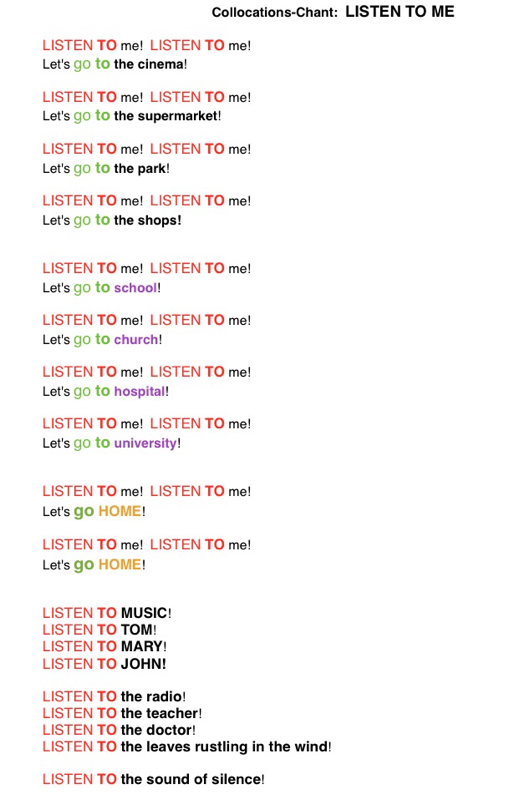
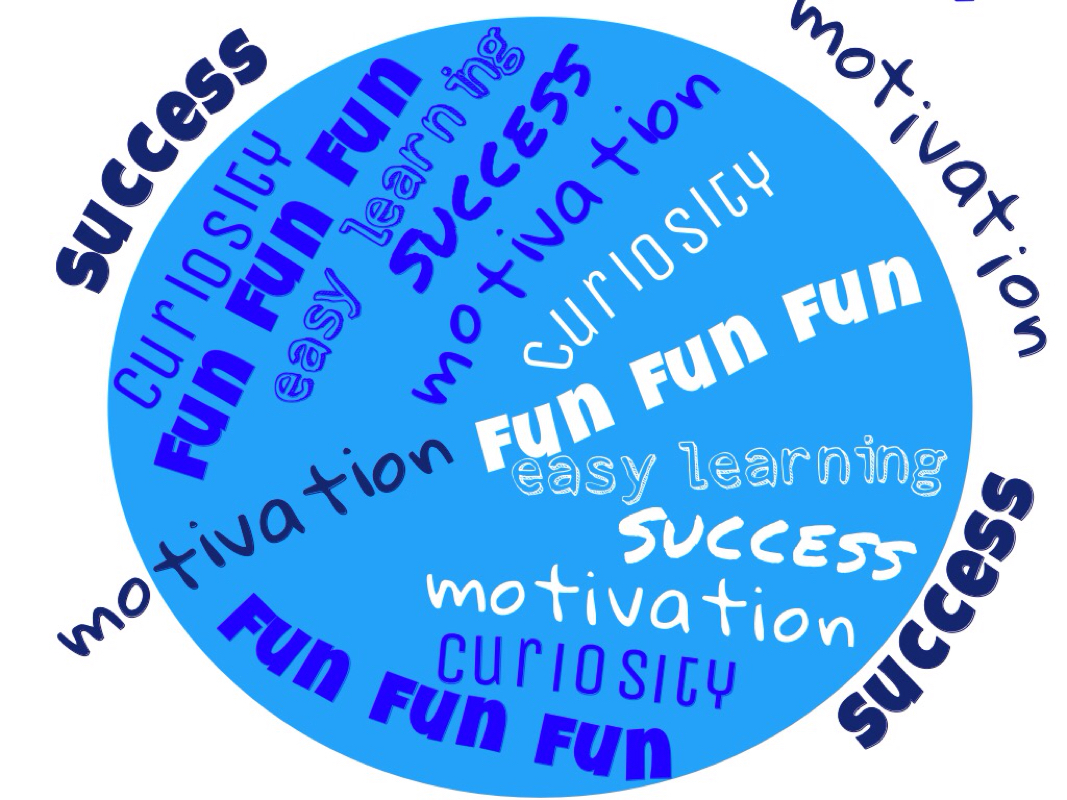




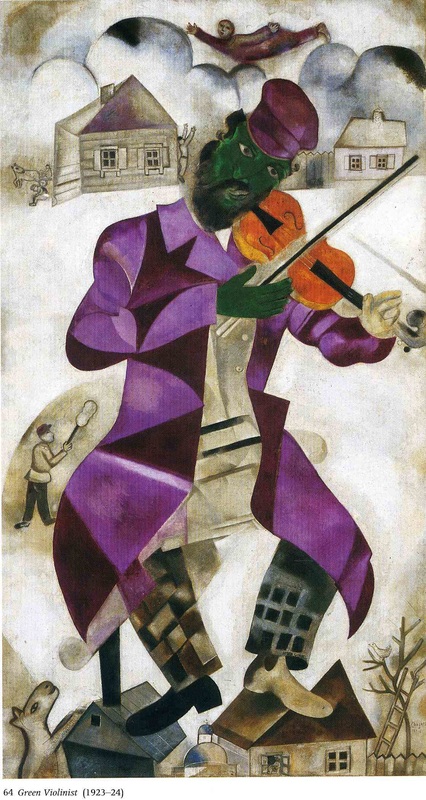





 RSS Feed
RSS Feed
